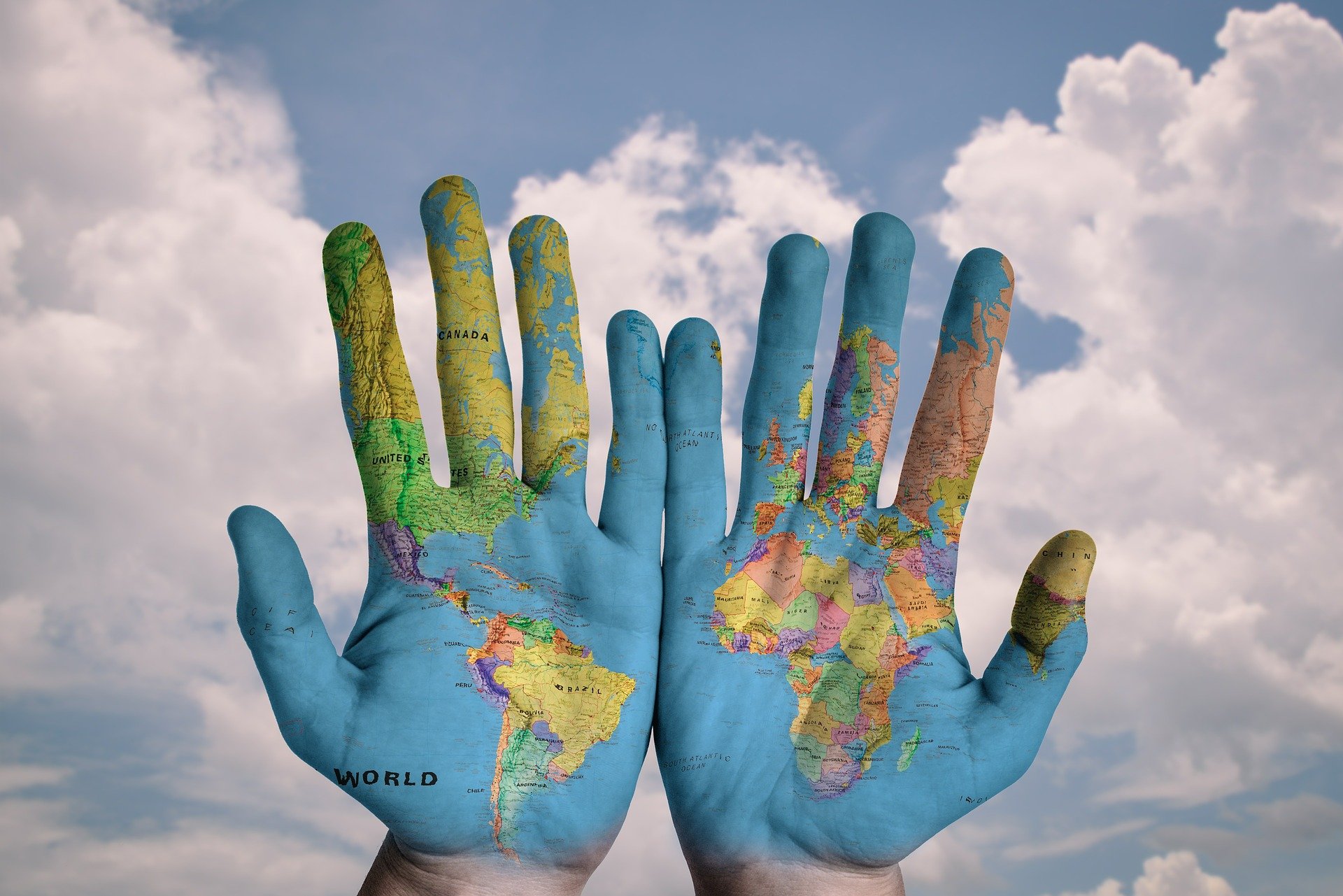Tu scegli, al resto pensiamo noi!

Lavoro
Luogo
Alloggio
Requisiti e materiali
Info appuntamento
NEAREST AIRPORT: TLL
NEAREST STATION: Tallinn
Organizzatore
Progetto
Lavoro
Luogo
Attività formative
Alloggio
Requisiti e materiali
Info appuntamento
- Stazione Ferroviaria Sessa Aurunca-Roccamonfina - Sessa Aurunca Piazza XX Settembre - Mercato
Organizzatore
Lavoro
Luogo
Alloggio
Info appuntamento
NEAREST AIRPORT: PRG
NEAREST STATION: Bus stop: Horní Kruty, Ujezdec, rozc.
Organizzatore
Lavoro
Luogo
Alloggio
Requisiti e materiali
Info appuntamento
NEAREST AIRPORT: SMR
NEAREST STATION: Terminal de Santa Marta
Organizzatore
Lavoro
Luogo
Alloggio
Requisiti e materiali
Info appuntamento
NEAREST AIRPORT: DEL
NEAREST STATION: Kalka
Organizzatore
Progetto
Lavoro
Luogo
Attività formative
Alloggio
Requisiti e materiali
Info appuntamento
NEAREST AIRPORT: kolkata
Organizzatore
Lavoro
Luogo
Alloggio
Requisiti e materiali
Info appuntamento
NEAREST AIRPORT: IXE
NEAREST STATION: Nearest railway station – Kundapur Bus services available from – Bangalore, Mangalore & Goa
Organizzatore
Lavoro
Luogo
Alloggio
Requisiti e materiali
Info appuntamento
NEAREST AIRPORT: DHM
NEAREST STATION: Transport: • Nearest airport – Delhi International Airport / Dharmashala Airport • Nearest Railway station – Pathankot • Bus from Delhi and other smaller cities of North India
Organizzatore
Lavoro
Luogo
Alloggio
Requisiti e materiali
Info appuntamento
NEAREST AIRPORT: JDH
NEAREST STATION: Transport: Air Connectivity: • Nearest airport – Jodhpur airport – 6km • Second Nearest airport - Jaipur Airport – 338km • 3rd Indhiraghandi International – New Delhi 638km • Ahamadabad airport – 440km Trains Connectivity: • Jadhpur Railway station • Mandor Railway station • Marwar Mathanya Railway Station • New Delhi Railway station Bus Connectivity: There are many buses connected to Jodhpur from Major cities Accommodation: At a rented guest house or hostel, with shared rooms
Organizzatore
Lavoro
Luogo
Alloggio
Requisiti e materiali
Info appuntamento
NEAREST AIRPORT: KIX
NEAREST STATION: The nearest int'l airport is Kansai (Osaka). From Osaka to the meeting point in Tokushima, it takes 3 hours by highway bus. Volunteers are recommended to arrive there one day before workcamp starts since the bus leaves early. Volunteers need to take local train from the meeting point to the campsite about 2.5 hours. Volunteers need to arrive at the meeting point by 13:00 on 1st day and can leave there after 13:00 on last day.
Organizzatore
Lavoro
Luogo
Alloggio
Requisiti e materiali
Info appuntamento
NEAREST STATION: Colombo - Volunteers need to arrive at Katunayake Bandaranayake International Airport by the end of Aug. 05 and can leave there after 20:00 of the last days. 6 hours by bus to the site. You will meet at the Colombo Government bus terminal in the morning on the first day.
Organizzatore
Lavoro
Luogo
Alloggio
Requisiti e materiali
Info appuntamento
NEAREST AIRPORT: CFE
NEAREST STATION: Saint-Germain-des-Fossés railway station
Organizzatore
Lavoro
Luogo
Alloggio
Requisiti e materiali
Info appuntamento
NEAREST AIRPORT: TLS
NEAREST STATION: AUCH Train Station
Organizzatore
Lavoro
Luogo
Alloggio
Info appuntamento
NEAREST AIRPORT: LYS
NEAREST STATION: -Montélimar SNCF -Paris Gare Montparnasse -Lyon Part Dieu -Marseille Saint Charles
Organizzatore
Progetto
Lavoro
Luogo
Attività formative
Alloggio
Requisiti e materiali
Info appuntamento
Organizzatore
Progetto
Lavoro
Luogo
Attività formative
Alloggio
Requisiti e materiali
Info appuntamento
Organizzatore
Lavoro
Luogo
Alloggio
Requisiti e materiali
Info appuntamento
NEAREST AIRPORT: OSA
NEAREST STATION: The nearest int'l airport is Kansai (Osaka). From Osaka to the meeting point in Shimane, it takes 6.5 hours by highway bus and train. Volunteers are recommended to arrive there one day before workcamp starts. Hiroshima airport is also available by take a flight from Kansai airport, it takes about 4 hours to the meeting point by train and bus. Volunteers need to arrive at the meeting point by 13:00 on 1st day, and can leave there after 13:00 on last day.
Organizzatore
Progetto
Lavoro
Luogo
Attività formative
Alloggio
Requisiti e materiali
Info appuntamento
il contributo è inclusivo del viaggio di andata e ritorno in aereo con partenza il giorno 8 agosto da Roma per Sofia dove è previsto il pernottamento. La mattina del 9 Agosto si partirà da Sofia in macchina per raggiungere il porto di Kavala da dove si proseguirà in traghetto per Limnos. Le spese di pernottamento sono incluse nel contributo del campo. Il rientro è previsto il 18 Agosto seguendo lo stesso itinerario all’inverso e senza pernottamenti (Limnos-Kavala-aeroporto di Sofia).
Organizzatore
Lavoro
Luogo
Alloggio
Requisiti e materiali
Info appuntamento
NEAREST AIRPORT: KIX
NEAREST STATION: The nearest airport is Kansai (Osaka) or Nagoya (Chubu Centrair). To the meeting point, it will take about 2-3 hours by train from the both airports above. Volunteers need to arrive at the airport by 10:00 on 1st day and can leave there after 19:00 on the last day.
Organizzatore
Progetto
Lavoro
Luogo
Attività formative
Alloggio
Requisiti e materiali
Info appuntamento
Autostazione Porto Cesareo entro le 18:30







